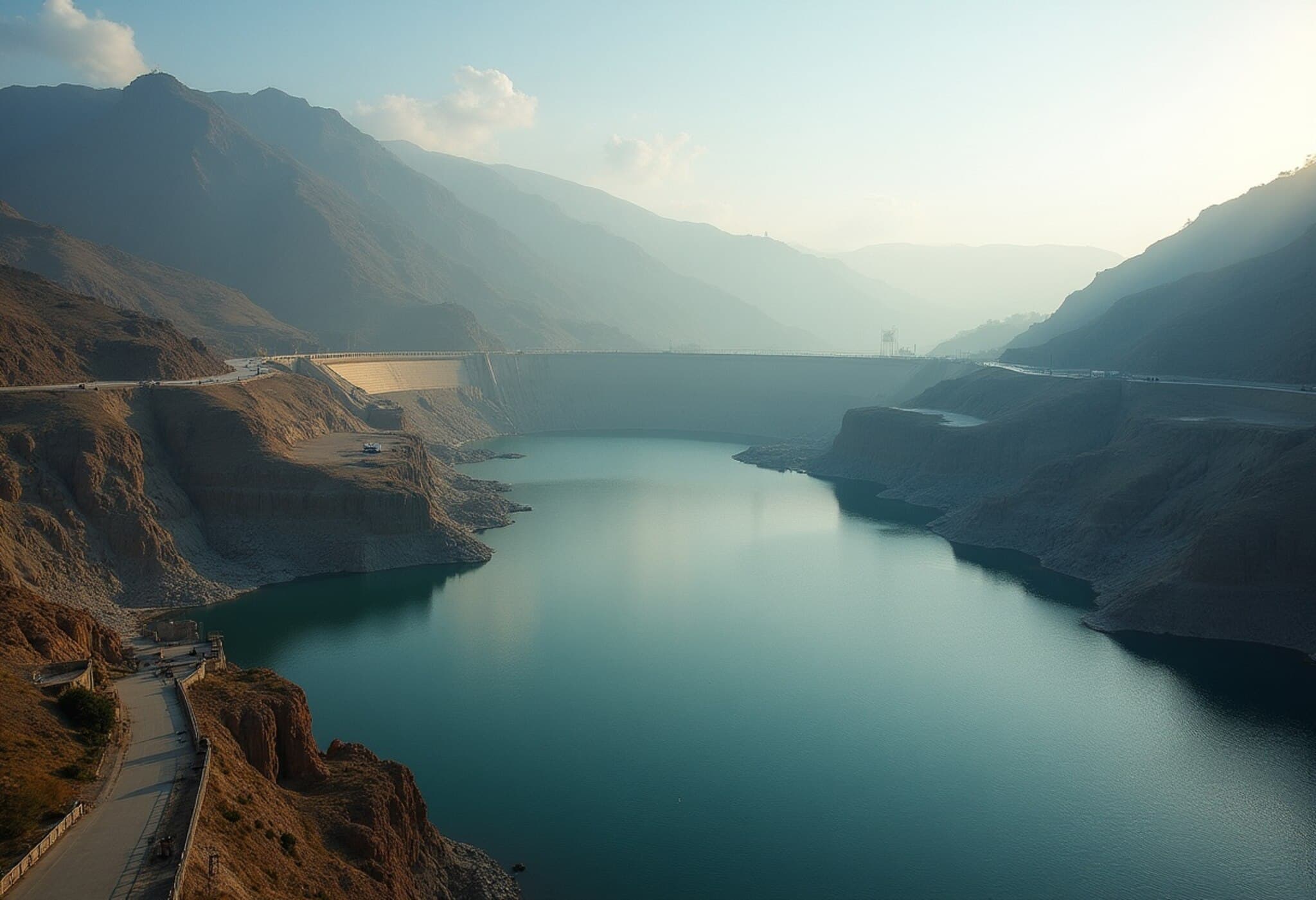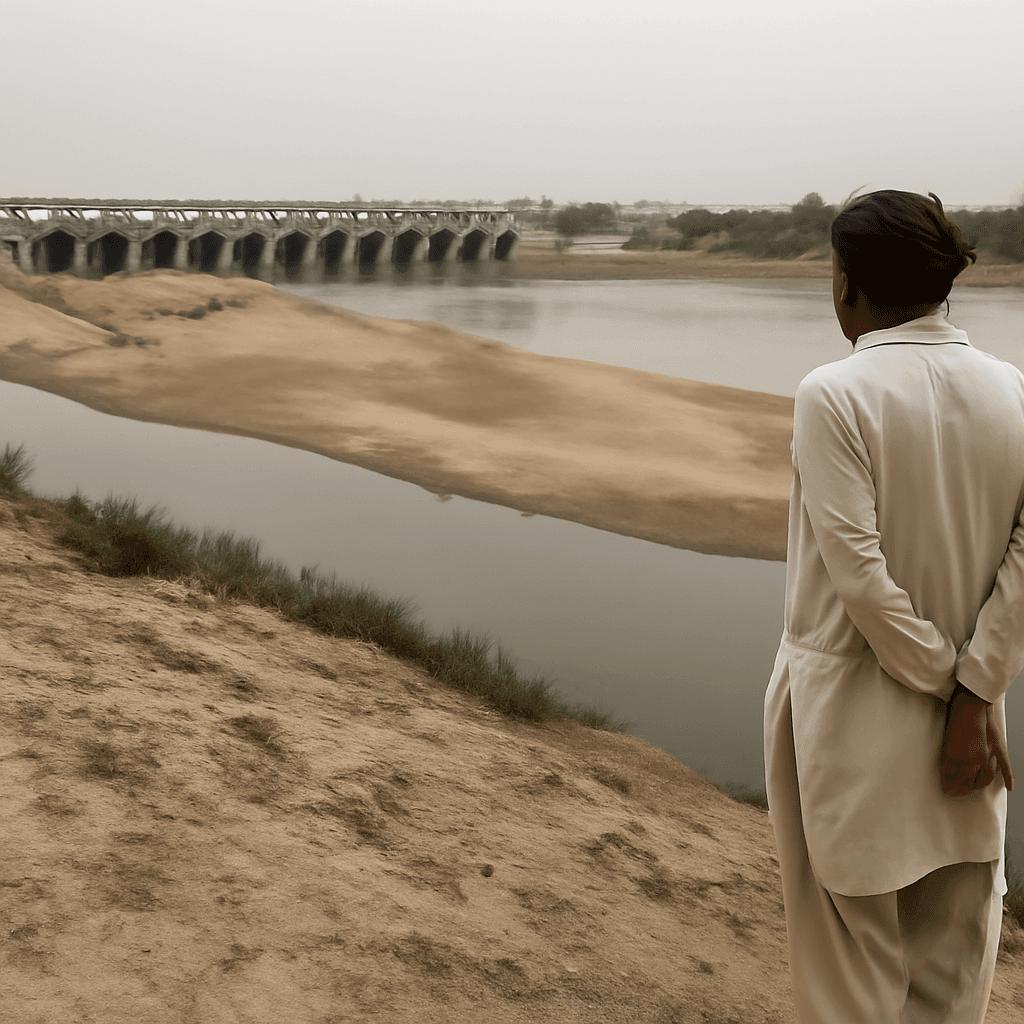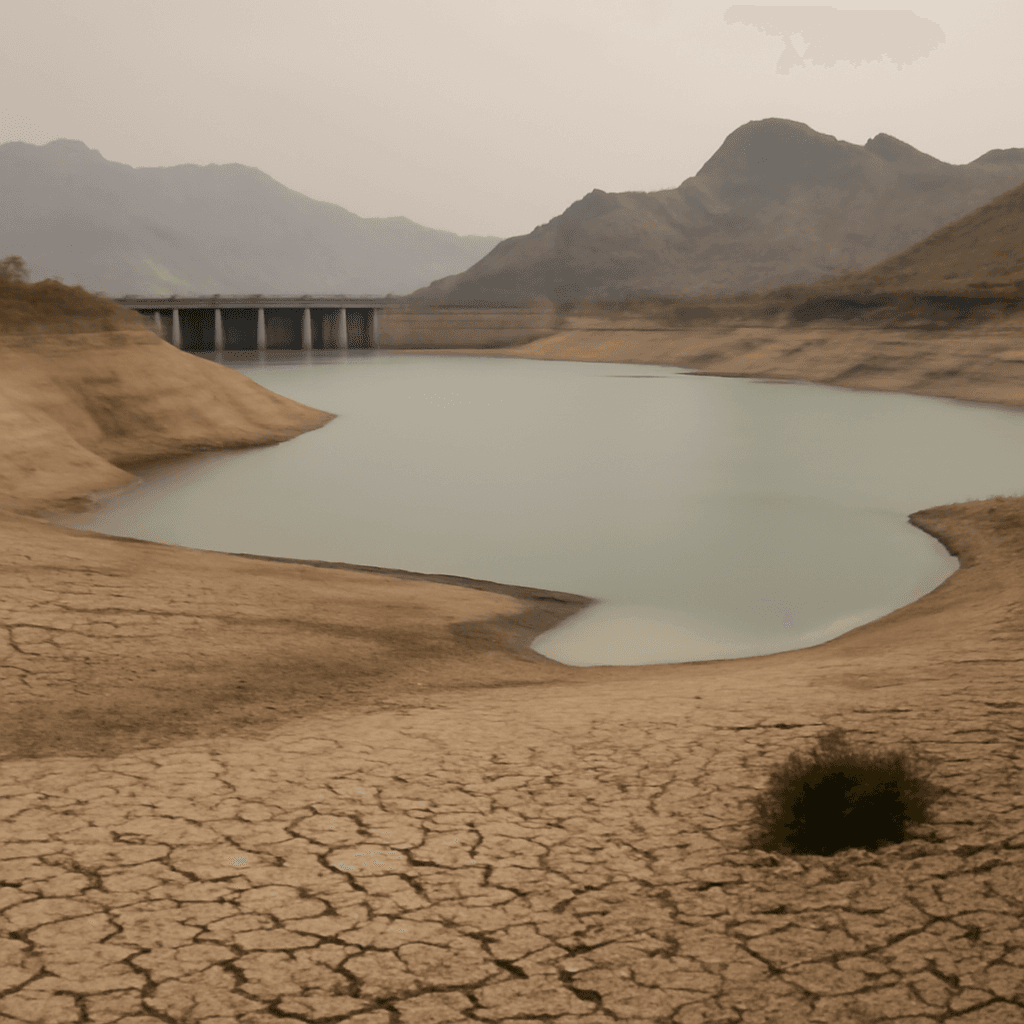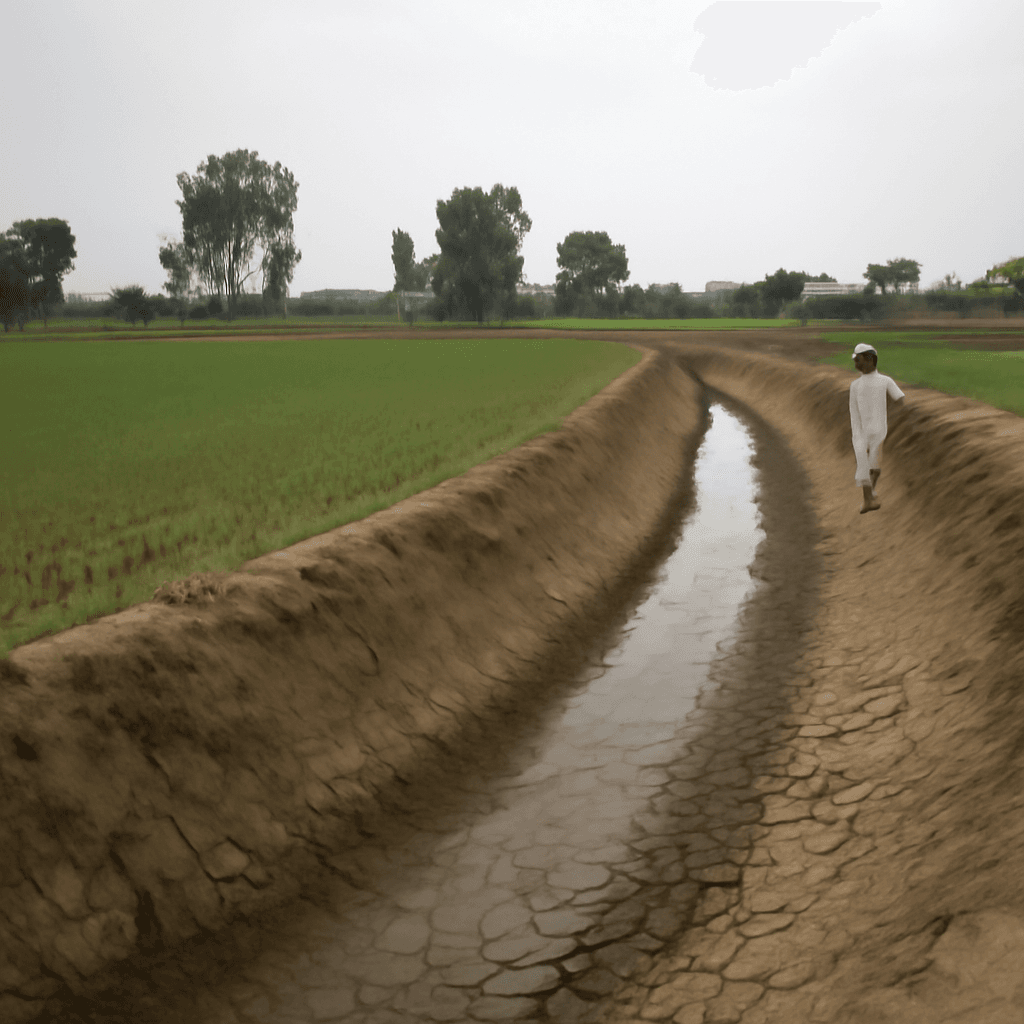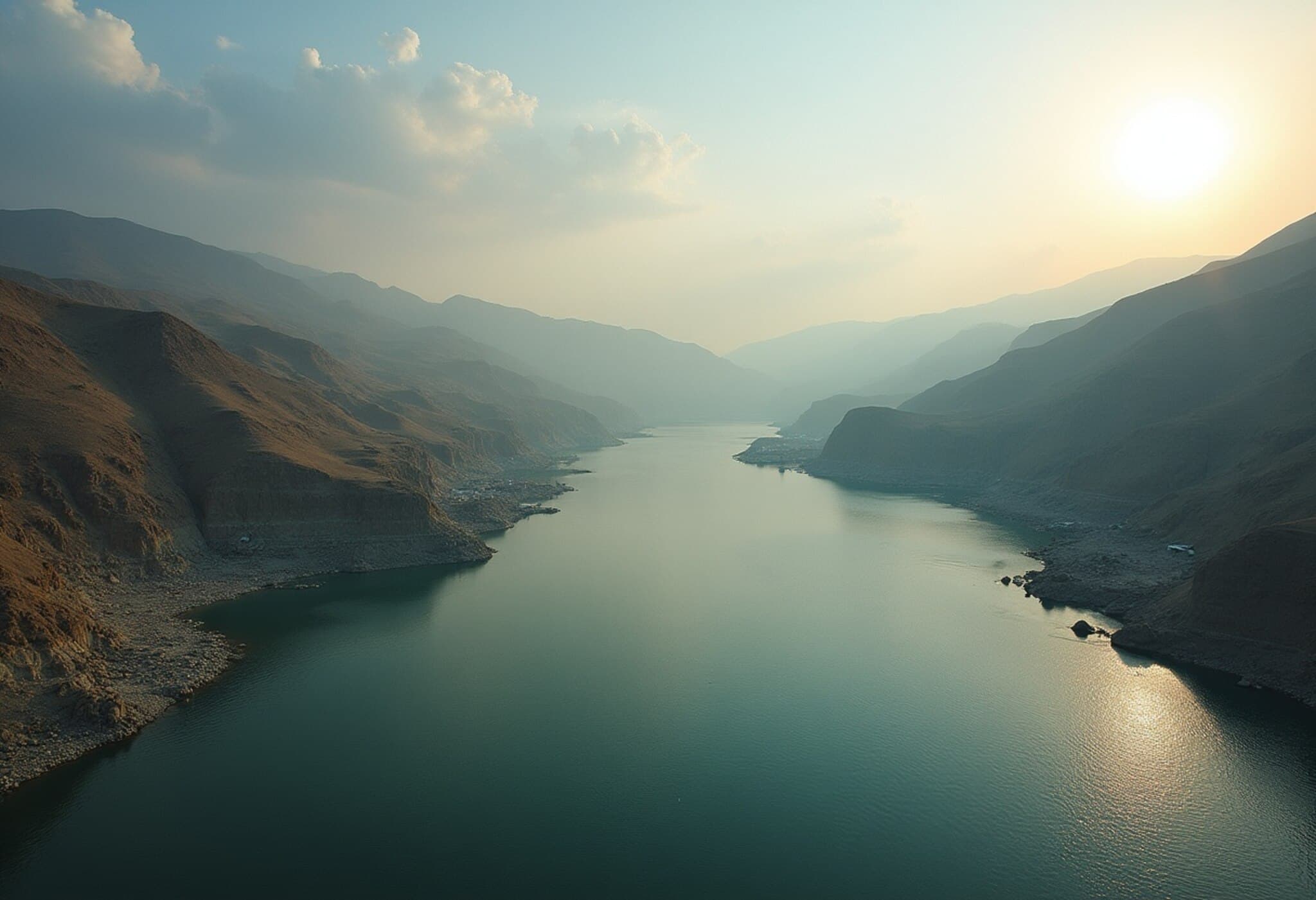Critical Drop in River Flow from India Strains Pakistan's Water Reservoirs Ahead of Kharif
As the crucial kharif planting season gets underway, Pakistan faces a pressing water crisis triggered by a significant decline in river flow from India. Major dams along the Indus river system have dropped to what experts term 'dead level,' posing serious concerns for both drinking water and irrigation supply.
Sharp Decline in Western Rivers Flow
The lifelines for Pakistan’s agriculture and domestic needs — the Indus, Jhelum, and Chenab rivers — have seen a marked decrease in water volume crossing from India. This downward trend means key reservoirs are releasing more water than they receive, further deepening the strain on Pakistan’s water infrastructure.
While seasonal fluctuations before monsoon rains are common, this year’s reduction is intensified by India’s efforts to flush and desilt dams within Jammu and Kashmir, a move aimed at boosting its own water storage capacity. Consequently, the flow downstream into Pakistan shrinks.
Data Highlights the Imbalance
According to Pakistan’s Indus River System Authority (IRSA), on a recent Wednesday, outflow from the major rivers amounted to 252,791 cusecs, while inflow was just 241,611 cusecs. This resulted in Pakistan releasing around 11,180 cusecs more water than it received.
Punjab province, one of the most water-dependent regions, recorded a 20% dip in water supply compared to the same date last year—down from 143,600 cusecs to 114,600 cusecs. This drop could undermine the kharif crop season, affecting food security and farmer livelihoods.
India’s Plans to Expand Water Storage Capacity
In a recent statement, India’s Union Power Minister announced plans to enhance water storage in upcoming hydroelectric projects within Jammu and Kashmir, though projects already underway will remain unchanged. The government’s move aims to optimize power generation and manage water resources more effectively.
“Projects already under construction will proceed as planned, but for those still in the early stages, we are exploring opportunities to increase water storage and power capacity,” the minister explained.
Implications of the Indus Waters Treaty Suspension
Tensions escalated after India suspended the Indus Waters Treaty following a terror attack earlier this year. The treaty traditionally restricted India’s ability to store water in hydro projects along the Indus basin, limiting how much water India could retain before it crossed into Pakistan.
With the treaty on hold, India appears poised to maximize water storage for new projects, which could further reduce flows downstream. This shift adds complexity to already strained water-sharing dynamics between the two neighbors.
Looking Ahead: Water Security Challenges
The declining river flow from India and Pakistan’s dwindling reservoir levels come at a critical time, as agricultural demands surge with the kharif season. With unilateral changes in water management policies and ongoing geopolitical tensions, the future water landscape in the region looks increasingly uncertain.
Pakistan’s authorities are now grappling with the consequences, balancing water releases to sustain both irrigation and drinking needs while hoping for favorable monsoon rains to replenish reservoirs.
As these developments unfold, close monitoring of river flows and diplomatic channels remains essential for mitigating the growing water crisis that threatens millions dependent on this shared resource.

